Nearly 25 years ago, I was on a business trip to Salt Lake City, Utah. At the end of the day’s scheduled activities, my business colleague announced that he wanted to visit the LDS Family History Library (www.familysearch.org/locations/saltlakecity-library) to do some research. Since I had nothing planned for the evening, I decided to tag along.
Shortly after we arrived at the library, we found our way to a bank of computers that were dedicated to searching the International Genealogical Index. While my friend quickly launched his search for ancestors, I slowly figured out how to navigate the search program. I decided to see if I could find any information about my grandparents who emigrated from Finland in the early 1900s. I found people with the Huuskonen (original spelling) surname, but wasn’t having much luck finding any given names I recognized. Just as I was about to give up the idea of finding my Finnish ancestors, the public address system came alive with an announcement that there would be a one-hour seminar on Finnish genealogy at 8 p.m. I immediately told my friend that I had to take advantage of this opportunity.
I attended the seminar with about a dozen other researchers. The seminar presenter explained how christenings, marriages, and deaths were recorded by the Lutheran Church in Finland. She said that once you learned the home parish of a Finnish immigrant, you very likely would be able to obtain his or her records. She made the case for using the LDS microfilm collection and for writing to the parish records clerk directly for genealogical information. For those of us in the seminar who spoke no Finnish, she provided a list of key words that apply to genealogical records. In short, she made a strong case for anybody being able to research their Finnish roots even when they didn’t speak or read the language.
When I returned home, I contacted my brother Walfrid to tell him about my experience. It turned out he had recently attended a national gathering of Finnish-Americans called FinnFest in Portland, OR. There, he had obtained the passport and passenger records for our grandparents and three aunts and an uncle.
He also forwarded to me a copy of a crude ancestor chart that my mother had drawn for him detailing her ancestors back to the early 1800s.
To learn how to expand on this basic information from both sides of our family, I purchased Unpuzzling Your Past: A Basic Guide to Genealogy, by Emily Anne Croom. A little later, in the search for more knowledge about “doing genealogy,” I joined Cuyahoga Valley Genealogical Society and the Ohio Genealogical Society.
To learn more about doing Finnish genealogical research, I acquired the book Finnish Genealogy Research by Timothy Laitila Vincent and Rick Tapio. It gave me valuable information about Finnish church parishes and their records. Walfrid and I teamed up to write letters to a couple of parish records offices for information about ancestors. We made donations to the churches in return for the reports they sent us.
In the years since, genealogy has become my No. 1 avocation. And I have learned much about my ancestry, and met many cousins and other friendly, helpful people, both in person and through the Internet.
Since my introduction to genealogy, I have made two trips to Finland. One was on behalf of my employer at the time, Metalproducing magazine (now defunct), to attend the 1996 annual meeting of the International Iron and Steel Industry Association (now worldsteel.org) hosted by the Finnish steel industry. The second was in 2018 for FinnFest in Tampere, Finland. On that trip, I was able to meet up with cousins who made me feel very welcome and showed me sites where my ancestors had lived. FinnFest USA maintains a website https://finnfest.us/.
In addition to the 2018 FinnFest in Finland, I have attended several other FinnFests at various sites around the country: 2005, (Marquette, MI, with my brother), 2007 (in Ashtabula, Ohio, where we had a Huskonen family reunion), 2013 (Houghton, MI), 2017 (Minneapolis, MN), and 2019, Detroit, MI.
It all began with a spur-of-the-moment visit to what many would consider the Mecca of genealogy: the LDS Family History Library in Salt Lake City.
Note: I am posting this as my first article in the challenge “52 Ancestors in 52 Weeks” by Amy Johnson Crow. Yes, that’s right, I’m aiming to write 52 articles about myself and my ancestors throughout 2021. If you are interested in taking up Amy’s challenge, you can get information by going here: https://www.amyjohnsoncrow.com/52-ancestors-in-52-weeks/
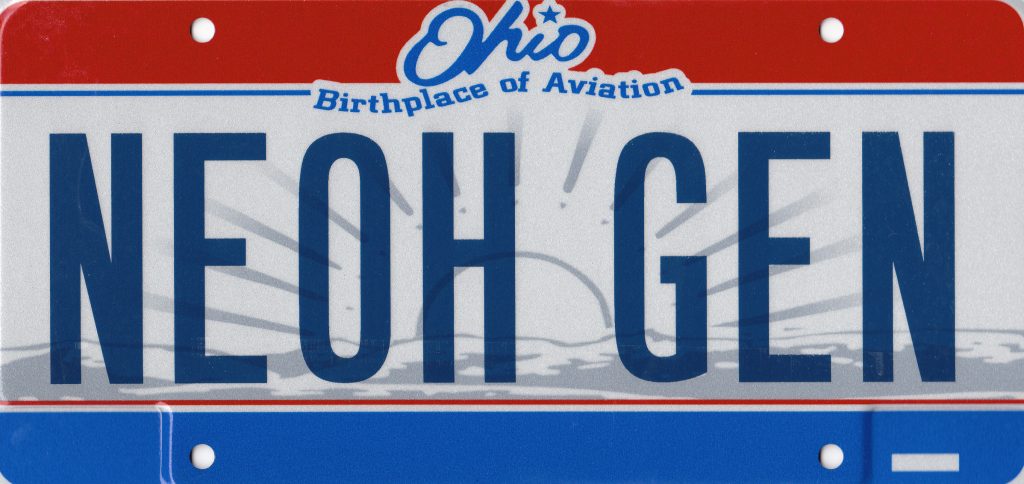
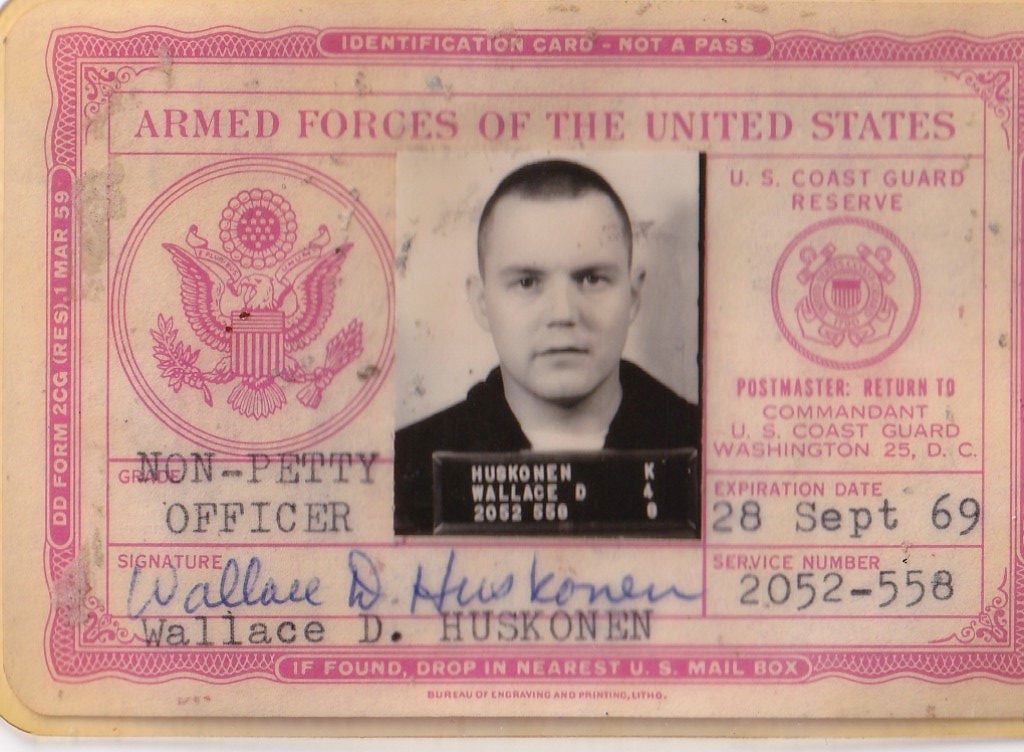
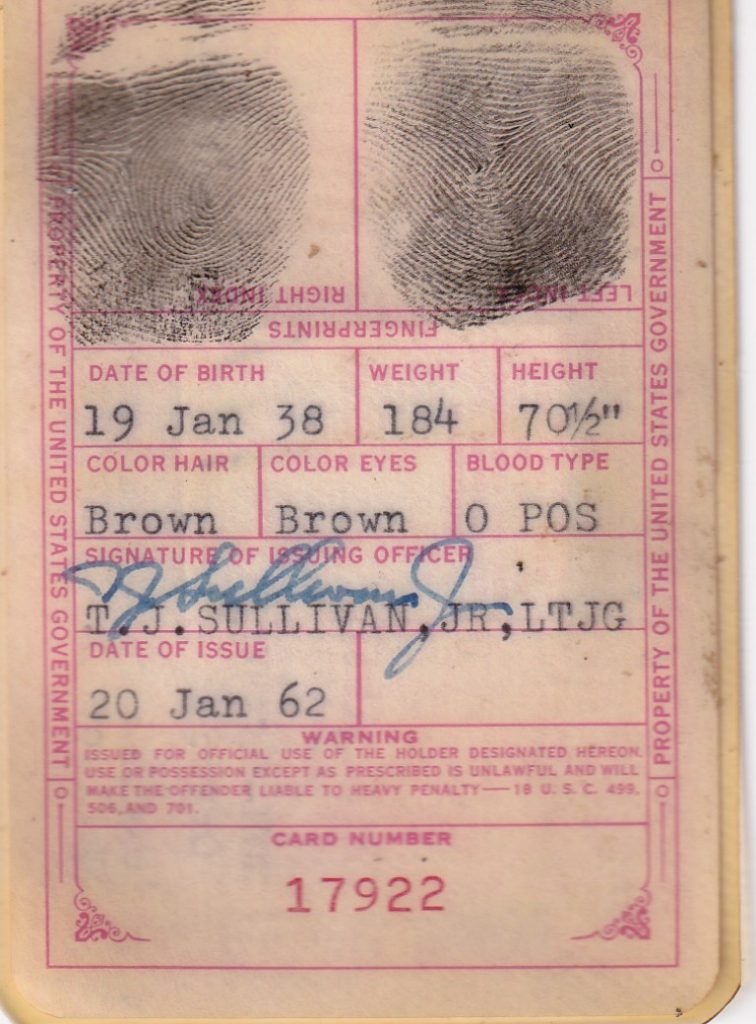
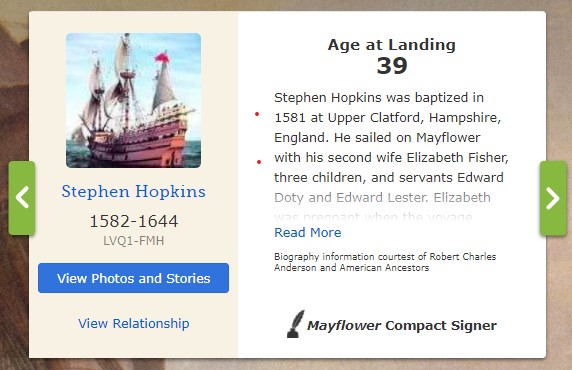
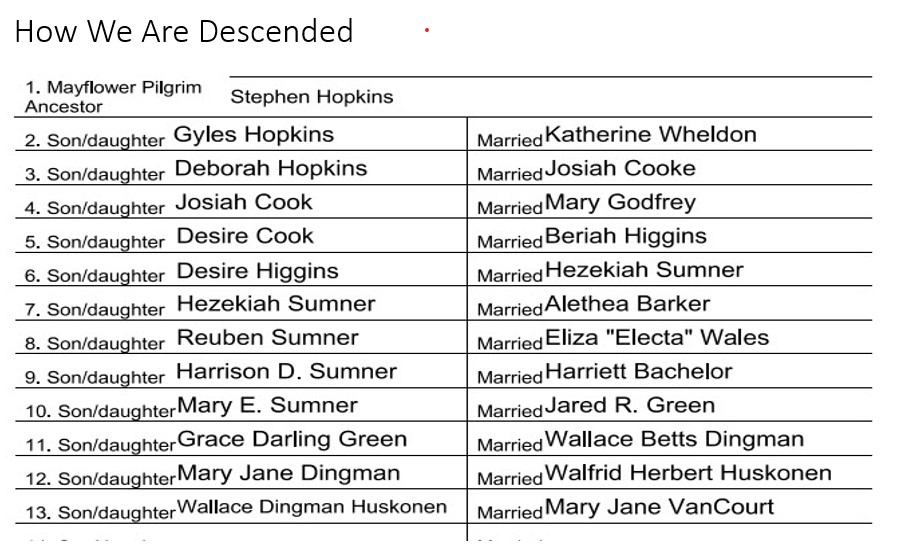

Recent Comments